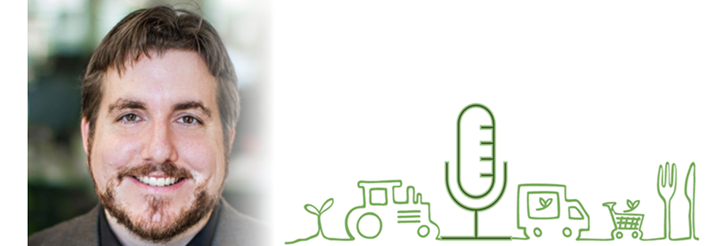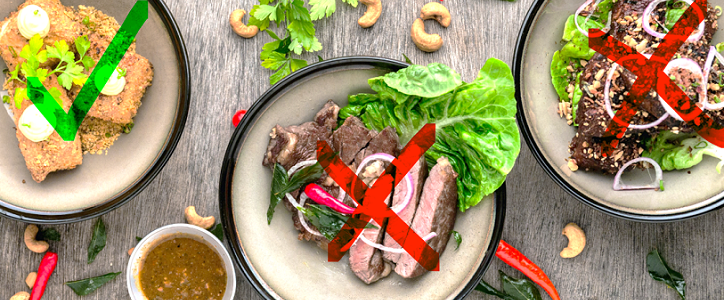The popularity of wine today – and throughout recorded history – has never been in doubt. Water occupies a special and ubiquitous place in the beverage world, obviously. Collectively, we may drink more tea and coffee than wine, and beer certainly has to be considered among the most popular alcoholic drinks.

But even with a long list of beverage options available to us, wine retains a certain cachet – of good taste, sophistication, education, and much more that sets wine apart – and to many, above all other available beverage choices.
Many of us enjoy a glass or two – at home with dinner, in nice restaurants to commemorate occasions large and small, to mark celebrations at the holidays or any of life’s milestones.
Wine is the common bond at social events and friendly get-togethers. It’s a near-universal part of diets and lifestyle across virtually every country on earth.
Wine weaves its way through our history in all sorts of ways. The production of alcoholic beverages dates back more than 9,000 years, surpassing the 5,000 or so years of actual recorded history.
Evidence of mead-making – one of the earliest forms of wine, made from water, honey, and sometimes fruits and spices – can be traced back almost 4,000 years – as much as 14 centuries before the construction of Egypt’s Great Pyramid. It was possible it was even carried in animal skins but the first evidence was in clay jars and amphorae.
The Global Wine Market: Big & Bold
We’ve come a long way from those early days of animal skins in the beverage industry. Today, the global wine industry is a $340 billion enterprise, and Americans can be proud of doing their fair share to keep the industry not just alive but healthy, too. And we have lovely glass bottles to admire while we drink.
We spend about $50 billion yearly on over 840 million gallons of various types of wine. Industry experts say we will remain thirsty, too – with the industry growing to about $456 billion before the end of the decade.

The rest of the world does its part, too.
Wine industry experts estimate 2022 global wine production at roughly 260 million hectoliters – or roughly 6,869,000,000 gallons. That’s down from a peak of 295 million hectoliters in 2018, but the long-term production trend remains fairly stable in the 26-265 million hectoliter range.
Heat and dry conditions in some major wine-producing countries have contributed to declining productivity. But wine aficionados also report good quality in 2022. We’re in no danger of running out of wine, folks.
France and Italy once again jockey for the top spot in the production derby. However, 29 countries around the globe merit recognition as significant wine producers.
But let’s make our look at wine a bit more personal. What do all those numbers mean for the average consumer?
The world produces enough wine to provide every adult (over the age of 15, anyway) with about 1.1 gallons. But certain countries lead the way in per-person consumption – with European nations capturing eight of the top ten spots on the per-person wine consumption list. Only Australia and Argentina are the other two.

The United States clocks in at a respectable number 16 on the per-person consumption roster – but thanks to our large total population win the top spot in overall global wine consumption. That is, individually, we may not drink as much wine as residents of some European countries, but we make up for it collectively. Go, team!
Wine Varieties
The different types of wines produced around the world boggle the average person’s mind. In simplest terms, wine can be either red or white – and everything in between.

But after that, it all starts to get complicated – very complicated.
 The most popular types of wines can be summarized in some simple graphics, courtesy of Wine Folly.
The most popular types of wines can be summarized in some simple graphics, courtesy of Wine Folly.
But if you want to better appreciate why the wine industry has grown to have a value of almost a third of a trillion dollars, consider a more sophisticated and complex picture of the types of wines available to the discerning oenophile.
There is something for every taste, for every preference, and for every budget.
For instance, a 73-year-old bottle of French burgundy sold at a 2018 Sotheby’s auction for $558,000. A ‘good’ bottle of red table wine can be purchased for about 10 Euros (or $11).
For a deeper dive into the amazingly diverse world of wine, visit sites such as WineCountry.com for an excellent overview and learning guide.
Wine’s Health Considerations
The apostle Paul offered some sage advice to his colleague Timothy in the first century AD. Don’t drink only water. Take a little wine for your stomach’s sake and for your frequent infirmities.
Wine advocates love the apostle’s endorsement and cite the health benefits of responsible wine consumption. But they also acknowledge that too much of anything is no doubt dangerous. It may be sugary drinks, candy, junk food and fried foods, or any of a long list of food and beverage choices available to consumers worldwide. And wine is no exception.
Health experts caution against over-consumption and the serious adverse effects on long-term health that come with it. Some advocate total avoidance of alcoholic beverages as the best insurance against such risks. Others favor simple moderation based on certain health benefits associated with moderate consumption.
In particular, they note the antioxidants in wine can reduce bad cholesterol and increase good cholesterol, with resulting benefits to cardiovascular health. Used in moderation, some health officials also say, wine may have mental health benefits, reducing the risk of depression.
But again, the key is moderation. The U.S. Department of Agriculture’s Dietary Guidelines recommend one drink per day for men and two per day for women – with a “drink” of wine defined as five fluid ounces.
Speaking of wine, did you know…
- Beer may be the preferred alcoholic beverage for males (with wine second choice), but for women the favorite is wine.
- Red wine is the preferred wine choice overall. And according to 2019 National Wine Day, red wine lovers are more likely to be introverted, to love dogs more than cats, be fans of jazz music, describe themselves as adventurous and spend more per bottle of wine.
- White wine lovers are more likely to be night owls, to be extroverted, prefer cats, listen to jazz, describe themselves as curious perfectionists and spend less per bottle.
- Statista reports that almost 7.3 million hectares globally are devoted to vineyards. Wheat – the most widely planted crop worldwide – claims 217 million hectares.






 When a cow eats a plant, it consumes carbohydrates – which contain carbon. It swallows the plant into their four-chambered stomach. The first chamber is massive and holds enough food to fill your bathtub – about 50 gallons. After the plant enters their stomach, they bring it back up to chew some more – “chewing their cud.” The food then goes back down to the stomach to be digested by the microbes, called methanogens.
When a cow eats a plant, it consumes carbohydrates – which contain carbon. It swallows the plant into their four-chambered stomach. The first chamber is massive and holds enough food to fill your bathtub – about 50 gallons. After the plant enters their stomach, they bring it back up to chew some more – “chewing their cud.” The food then goes back down to the stomach to be digested by the microbes, called methanogens.













